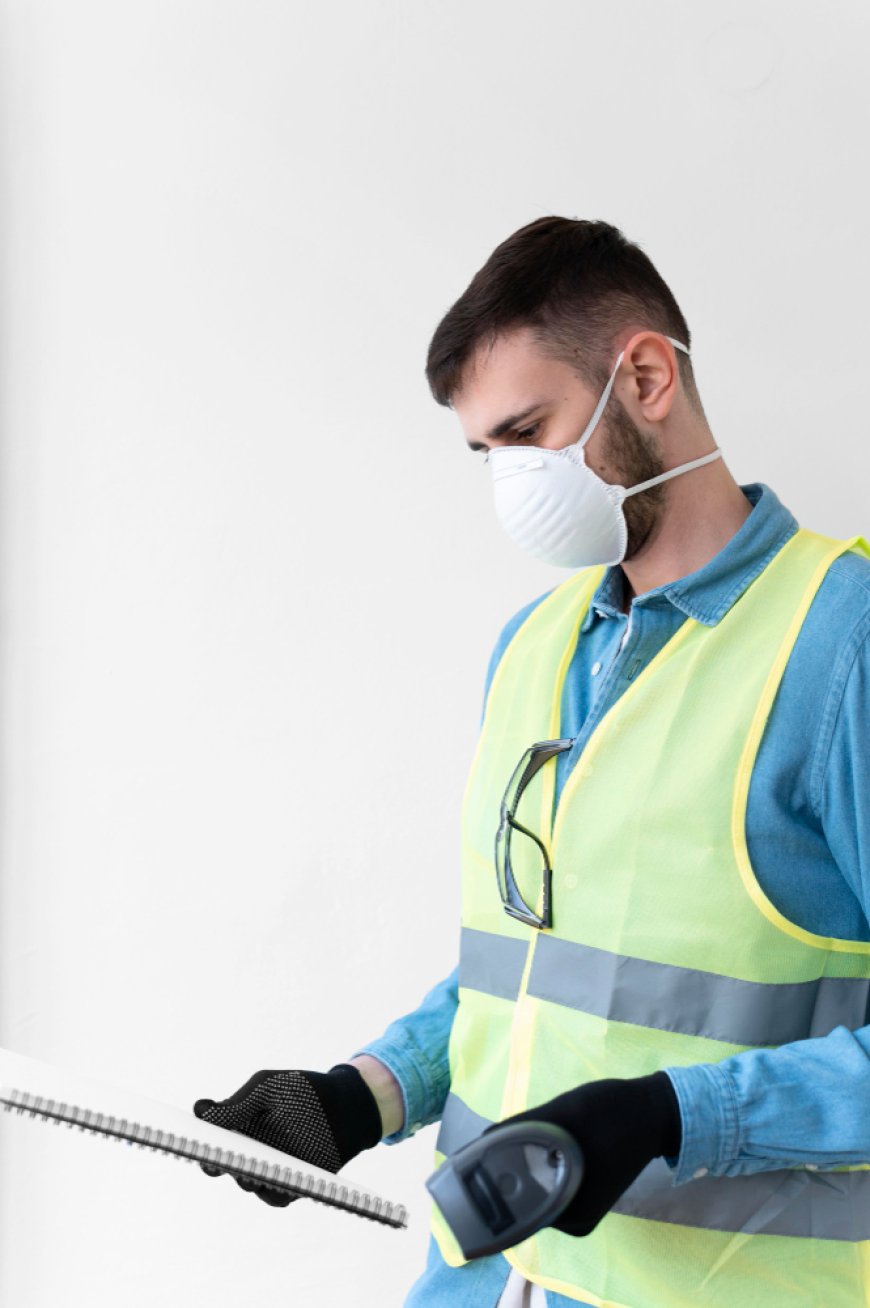How PPE Detection Systems Enhance Workplace Safety Compliance
Ensure workplace safety and compliance with a PPE detection system that uses AI to monitor and enforce proper protective gear usage in real time.

In todays industrial and construction environments, workplace safety is paramount. Organizations face increasing regulatory requirements and a moral obligation to protect their employees from hazards. Personal protective equipment (PPE) such as helmets, safety vests, gloves, and masks play a critical role in minimizing injury risk. However, ensuring consistent compliance with PPE protocols across busy job sites is a challenging task.
Traditional safety audits and manual monitoring are often labor-intensive, prone to human error, and reactive rather than preventive. This has given rise to innovative technological solutions most notably, the PPE detection system which automates and elevates workplace safety compliance to new heights. These AI-powered systems leverage video analytics and machine learning to monitor PPE usage in real time, ensuring that safety guidelines are met continuously and consistently.
The Importance of PPE Compliance in Workplace Safety
Wearing the correct PPE drastically reduces the risk of serious injury or fatal accidents. Industries such as construction, manufacturing, mining, and logistics are especially reliant on strict PPE adherence due to the inherently hazardous nature of their operations. Yet, despite awareness campaigns and training, non-compliance remains a widespread issue.
Workplace injuries linked to insufficient PPE usage not only cause harm to workers but also result in financial consequences for organizations including legal penalties, compensation claims, increased insurance costs, and downtime. Therefore, fostering a culture of safety and accountability is crucial.
Limitations of Traditional PPE Monitoring Methods
Most workplaces rely on supervisors and safety officers to conduct periodic checks and enforce PPE usage. While essential, these manual methods have significant drawbacks:
-
Inconsistent Coverage: Supervisors cannot be everywhere at once, leading to gaps in enforcement.
-
Subjectivity and Bias: Human monitoring may vary based on perception or fatigue.
-
Delayed Response: Issues often come to light only after an incident has occurred.
-
Administrative Burden: Frequent manual inspections consume valuable time and resources.
Given these challenges, organizations need more reliable and scalable solutions to maintain continuous safety oversight.
What is a PPE Detection System?
A PPE detection system is an AI-driven solution that uses cameras and video analytics software to automatically identify whether individuals are wearing required protective gear. By analyzing live video feeds, these systems detect specific PPE items such as hard hats, safety vests, masks, gloves, and goggles.
When a worker is detected without the necessary PPE or wearing it improperly, the system can generate real-time alerts to supervisors or safety managers. This immediate feedback helps correct behavior before an incident occurs, fostering proactive safety management.
Key Benefits of Implementing PPE Detection Systems
1. Continuous, Real-Time Monitoring
Unlike periodic manual checks, a PPE detection system offers 24/7 surveillance of PPE compliance across multiple sites or large areas. This ensures no violation goes unnoticed, even in high-traffic or hard-to-monitor zones.
2. Increased Accuracy and Consistency
AI-powered detection removes human subjectivity, delivering unbiased and consistent assessments of PPE adherence. These systems are trained to recognize a wide variety of protective equipment under different lighting and environmental conditions.
3. Instant Alerts and Actionable Insights
By providing immediate notifications upon detecting non-compliance, these systems enable quick corrective actions, preventing potential accidents. Additionally, they generate comprehensive compliance reports that inform safety audits and regulatory documentation.
4. Enhanced Safety Culture
When workers know that PPE usage is monitored continuously and transparently, they are more likely to adhere to safety protocols. This fosters a culture of responsibility and awareness that extends beyond mere compliance.
How PPE Detection Systems Integrate with Broader Safety Technologies
PPE detection is often a component of a larger ecosystem of AI-driven safety and security solutions. For instance, integrating PPE monitoring with baggage scanners in logistics or airport environments can elevate overall security protocols.
Similarly, pairing PPE detection with access control systems ensures only authorized personnel with proper safety gear enter hazardous zones. This layered approach improves compliance, streamlines operations, and enhances overall workplace safety.
Overcoming Implementation Challenges
While PPE detection systems offer many advantages, organizations should be mindful of certain considerations for successful deployment:
-
Data Privacy and Ethics: Cameras and AI monitoring raise privacy concerns. It is essential to implement strict data protection policies and communicate transparently with employees.
-
Technical Accuracy: Training AI models with diverse data ensures reliable PPE recognition in varied conditions, such as different lighting, occlusions, or PPE types.
-
Change Management: Workers and supervisors must be adequately trained to understand system benefits and how to respond to alerts without resistance or fear.
-
Infrastructure Readiness: Installing cameras and integrating software with existing security or safety platforms requires careful planning.
Addressing these factors early helps maximize the effectiveness and acceptance of PPE detection technology.
Conclusion
The evolution of workplace safety is being accelerated by intelligent technologies like the ppe detection system, which automate PPE compliance monitoring with precision and scale. By providing continuous, real-time oversight and actionable insights, these systems help organizations protect their most valuable asset their people.
Coupled with complementary safety technologies such as baggage scanners and integrated surveillance solutions, PPE detection forms a crucial layer of modern occupational safety strategies. As industries strive to meet stringent safety standards and foster proactive cultures, embracing AI-driven PPE detection is not just an option but a necessity.








































